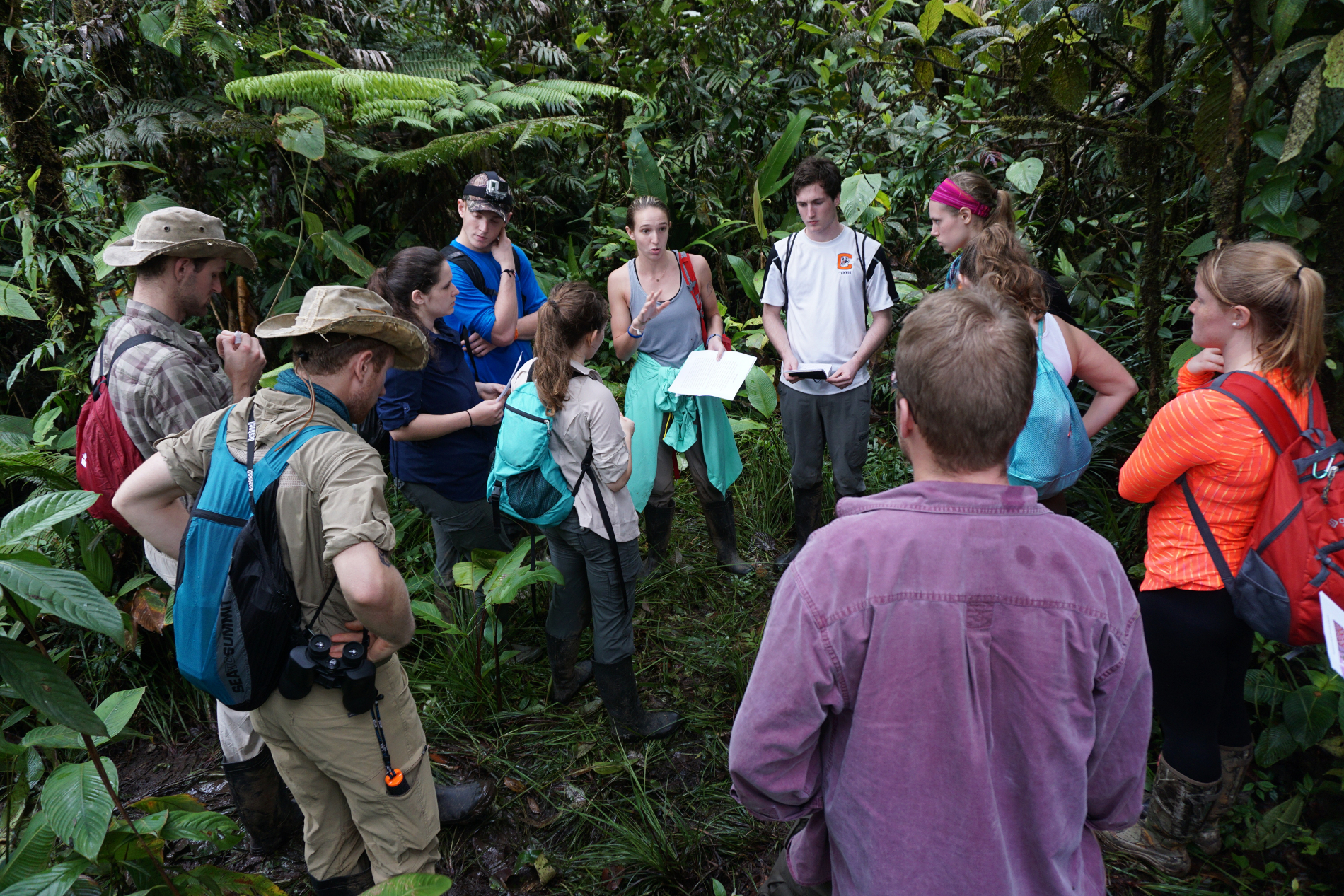It is the start of the dry season here in Cocobolo Nature Reserve which means the team can get back and do some much needed work. The local staff have been holding the fort, so to speak, since last July but now Michael, Kurt and volunteers, Trev and Lucy are on the ground raring to go.
Obviously we just want to get out into the forest and start collecting observations of the millions of species that call Cocobolo home, start setting out camera traps, and generally just marvel at all that grows in this special piece of rainforest. Unfortunately there are some jobs that do really need doing around camp that just can’t be left. One of the most important is the access road. Those of you who have been to Cocobolo will know that there are actually two ways in to Cocobolo, one short route; we know is passable as we drove it getting here. However if it rains a lot it becomes impassable and the long route has to be taken. This route crosses and re-crosses the Mamoni River multiple times which can be very problematic but it really is the only choice if rain has left the steep short route dangerously muddy.
So one of our first tasks was to grab pick axe and shovels, don rubber boots and walk the 3 or so kilometres towards La Zahina village to see how the crossings have fared over the wet season. Now, on the surface, this task seems like it would be really unwelcomed by a group of naturalists who just want to get into the forest but as you never know what’s round the next corner all four of us grabbed not only tools but binoculars too.
Off we set wading across the first river crossing, a quick stop to watch a kingfisher and a couple of kiskadee before walking a nice dirt road with cow pasture one side and the river on the other and trees forming a canopy overhead. It really was more of a stroll, no one was in a hurry and there were plenty of pauses to take in the birds using the cow pastures like smooth billed ani, savannah hawk and swooping swallows.
We did eventually make it to the main steep river crossing where we put in a good couple of hours hard graft digging sand and laying rocks to give the tyres some kind of purchase up the steep exit. We set up a chain gang strung across the river to move the rocks throwing from person to person which really worked well until someone’s attention drifted off towards a distant raptor or a heron flying past and was rewarded by a rock in the chest!
After fixing this the most important crossing we continued our walk along the dirt road, in this section there were pastures interspersed with forest that contained some good sized trees lining the sides of the road. The team were spread out and as the lead pair turned a corner under a big tree I saw something big flush from the tree landing soon after on another big tree. To my utter delight when I untangled my binocular straps from my shovel handle and got a focus on what it was I discovered a beautiful juvenile spectacled owl balefully staring down at me. I managed to get the attention of the rest of the team and everyone gathered round for some really astounding views of the this stunning tropical owl in broad day light. Generally spectacled owls are nocturnal so to spend time with this youngster in the good light was really special.
Of course none of us actually had a camera with us so no pictures but it will remain in my memory at least as one of those great spots. What started out seeming like a day of work turned out to be full of surprises thanks to nature.
